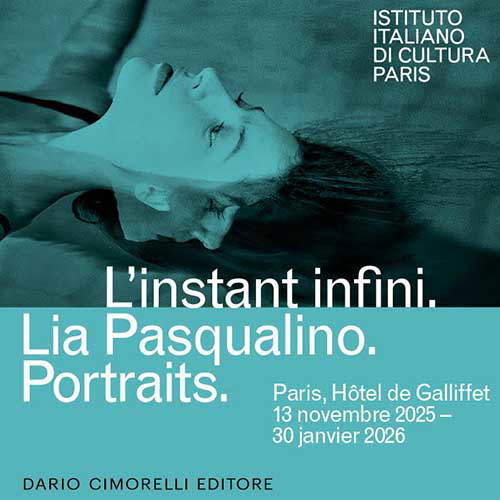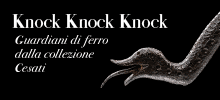
Florence, at the Horne Museum the Siviero Cross restored and reassembled after 100 years
Presented at the Horne Museum in Florence, the Siviero Cross, a masterpiece by the Bolognese artist Lippo di Dalmasio, restored and reassembled with its side boards a century after it was dismembered: the operation gives back to Florence and Italy a significant testimony to 14th-century art, with the recovery of much of its original appearance.
By Redazione | 10/07/2025 13:19
A splendid recovered work was unveiled yesterday at the Horne Museum in Florence: it is the Siviero Cross, a panel painting by the Bolognese Lippo di Dalmasio degli Scannabecchi (Bologna, c. 1355 - 1410) named after Rodolfo Siviero (Guardistallo, 1911 - Florence, 1983), head of the Foreign Ministry Delegation for the recovery of works of art stolen during World War II. Siviero, in fact, purchased the work for his collection. The work has been on view since last night in the hall on the second floor of the Horne Museum, where it will remain on display until Nov. 4, after being reassembled with its side boards, which had been curtailed more than 100 years ago, and carefully restored. The restoration, directed by Gabriele Mazzi (conservator of Casa Museo Rodolfo Siviero) under the supervision of the Soprintendenza Archeologia, Belle Arti e Paesaggio for the metropolitan city of Florence and the provinces of Pistoia and Prato (in the persons of the art historian officialart historian Graziella Cirri and restoration officer Alberto Felici), involved Lisa Venerosi Pesciolini, Chloe Roquefeuil, Agnese Marchesani and Serena Cappelli for the painted surfaces, while the wooden part saw Marco Santi and Andrea Pettinari at work. The campaign of diagnostic and photographic investigations was conducted by Fotodarte for infrared photographs, Teobaldo Pasquali for X-rays and GSC Palladio srl for XRF analysis, while the study of the Siviero Cross was handled by art historian Emanuele Zappasodi of the University for Foreigners of Siena. The operation was promoted by the Region of Tuscany (Directorate for Heritage, Institutions, Cultural Activities and Sports - Cultural, Museum and Documentary Heritage Sector, Contemporary Art, Investments for Culture) and Casa Siviero in collaboration with the Horne Foundation. Making the reassembly possible was an effective collaboration between the Superintendency, University for Foreigners of Siena and Farsetti auction house.
As of yesterday, therefore, the work is on display in the installation designed by Luigi Cupellini and created by Galli Mostre Firenze and Stampa in Stampa, with graphic design by Danae Project. The work in ancient times had a frame and a cymatium with a pelican (now lost), and before 1938 the ensemble was dismembered, when the figures of the mourners on the two boards of the cross were detached from the crucifix and transited the New York market without it being known that they were part of Lippo di Dalmasio's cross. Then, in 2024, the two tablets passed through Farsetti's auction, and the region purchased them to enable them to be reunited with the cross, in a virtuous public-private partnership. The tablets were previously generically attributed to the 14th-century Bolognese school: Fabio Massaccesi is credited with the first attribution to the Bolognese (in 2011), and Emanuele Zappasodi with having verified the original belonging of the two mourners to the Siviero Cross. Later, Daniele Benati confirmed the authorship to Lippo di Dalmasio by adding them to his catalog as the ends of a painted cross.
After more than a hundred years since the tampering of the whole, Florence and Italy thus rediscover a significant testimony to the art of the 14th century, in the hope that, sooner or later, the cymatium may also reappear to fully restore the original appearance of Lippo di Dalmasio's cross, which after the restoration promoted by Casa Siviero has been largely recovered.
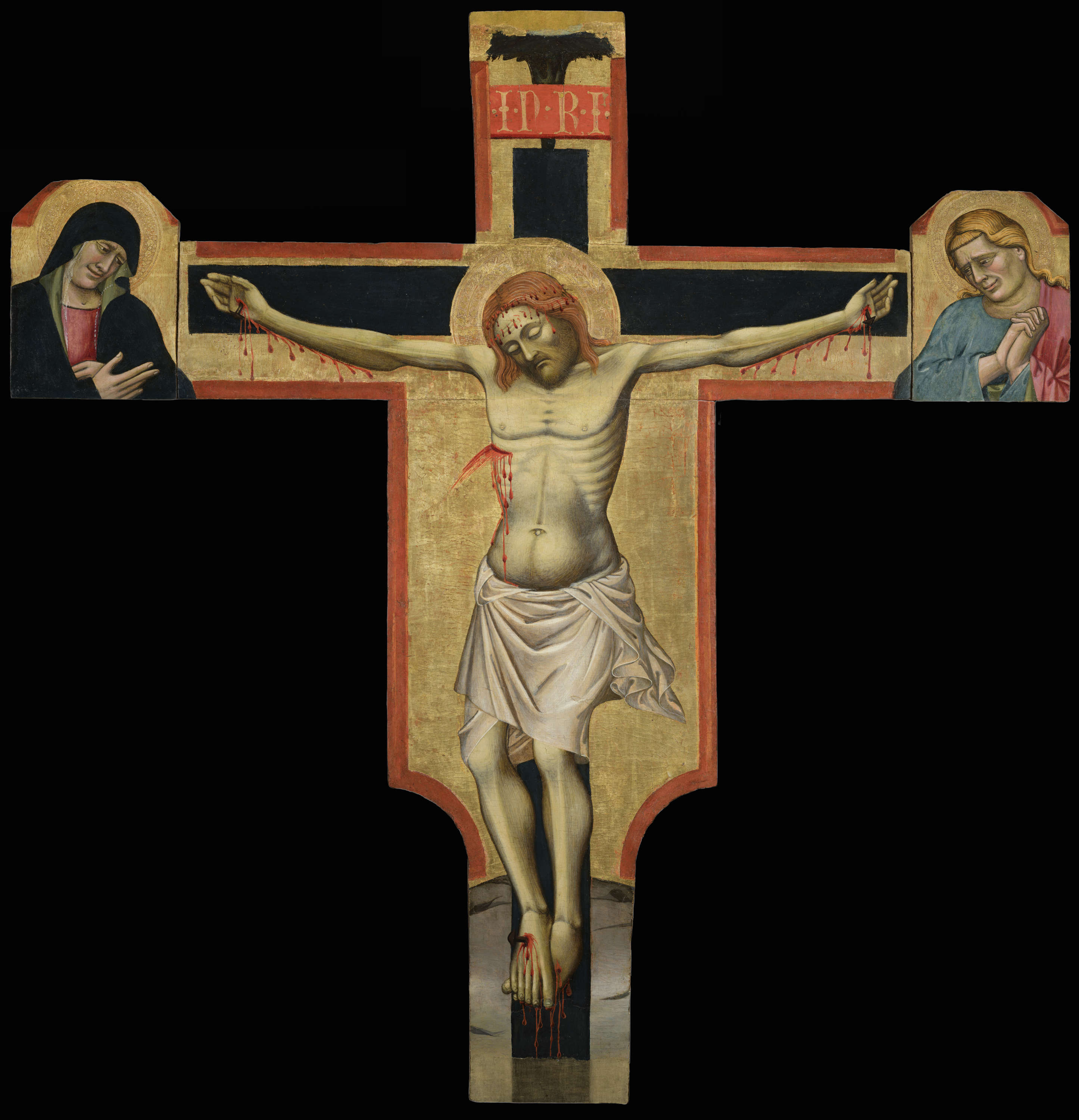
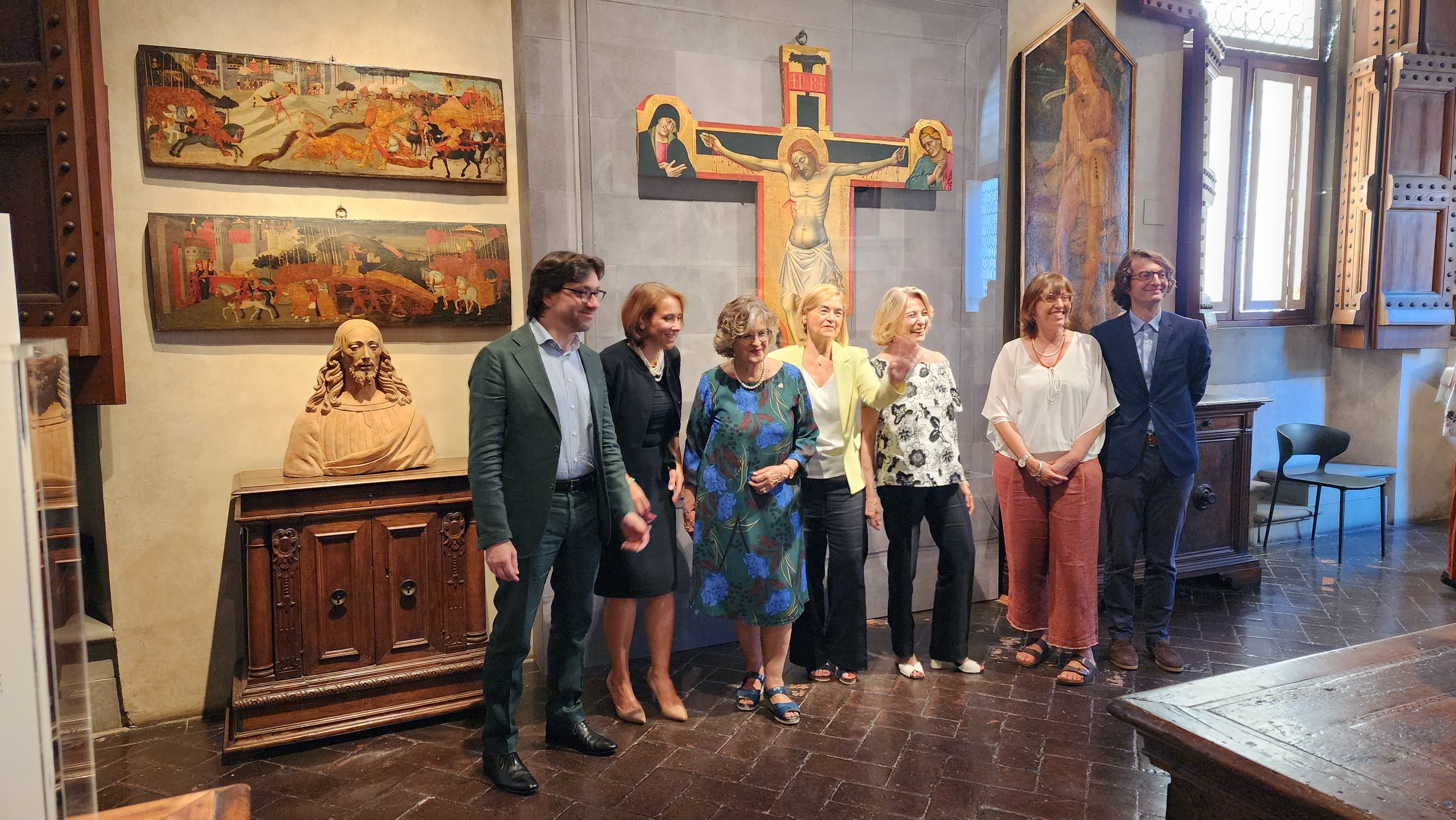
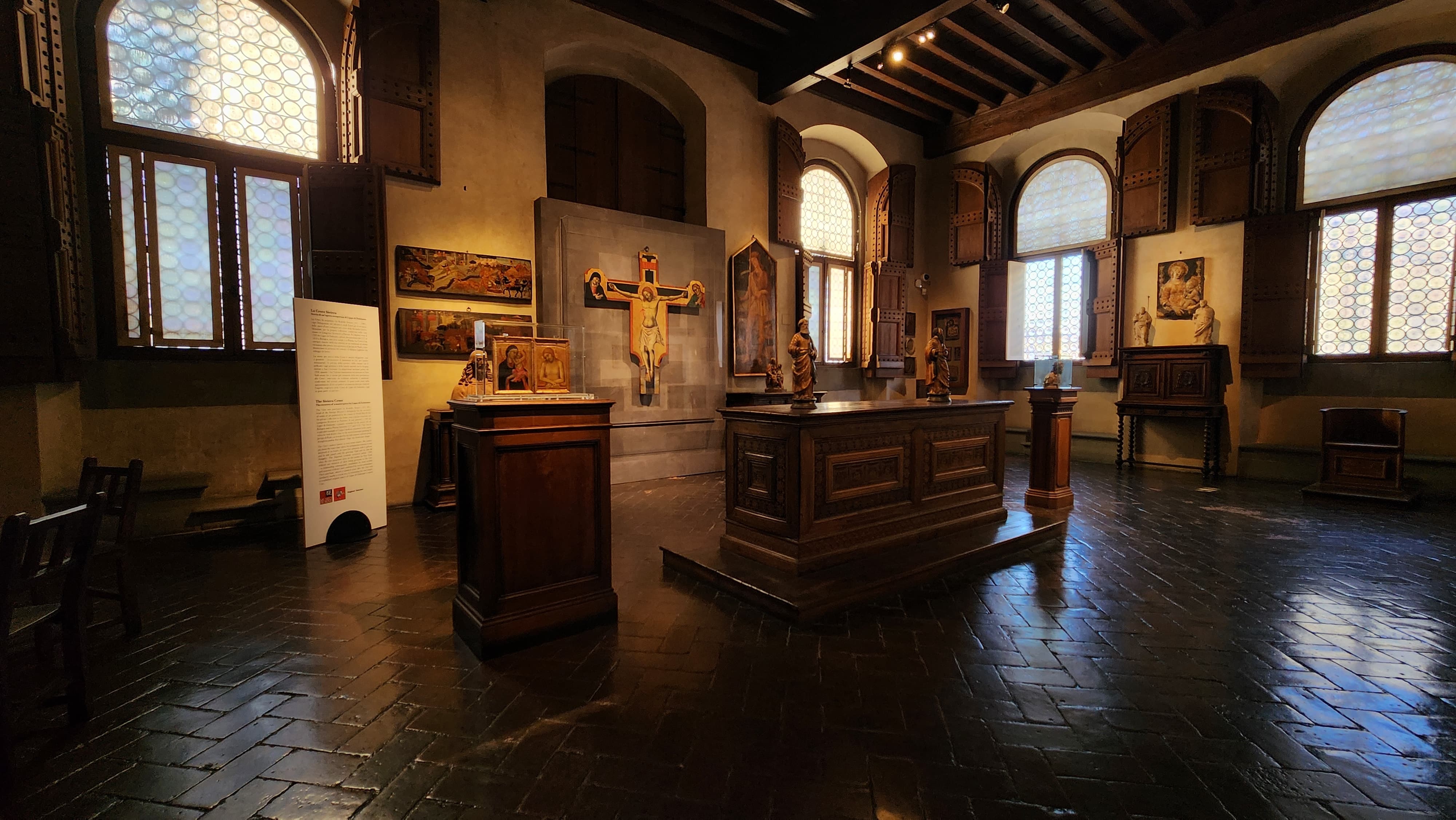
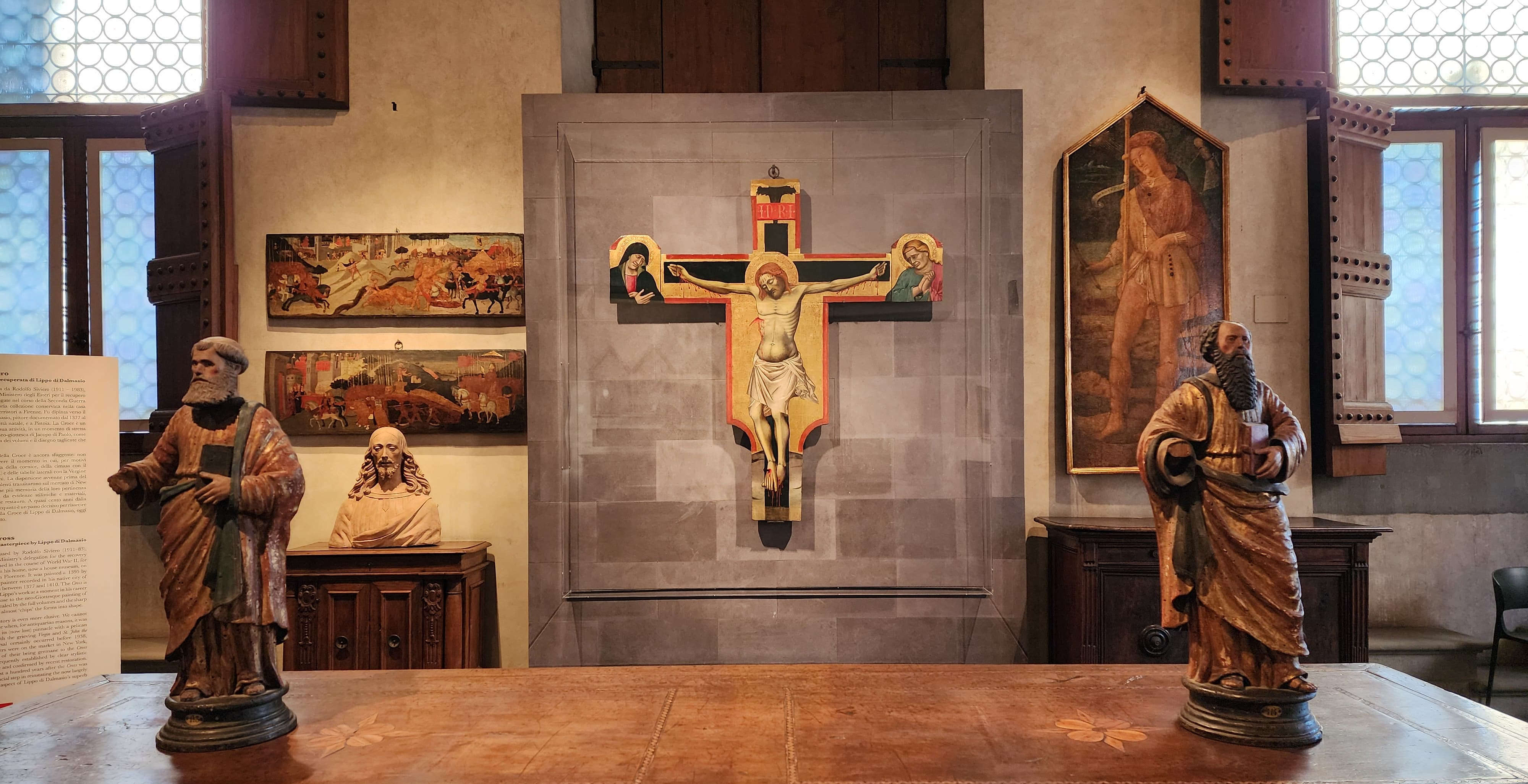
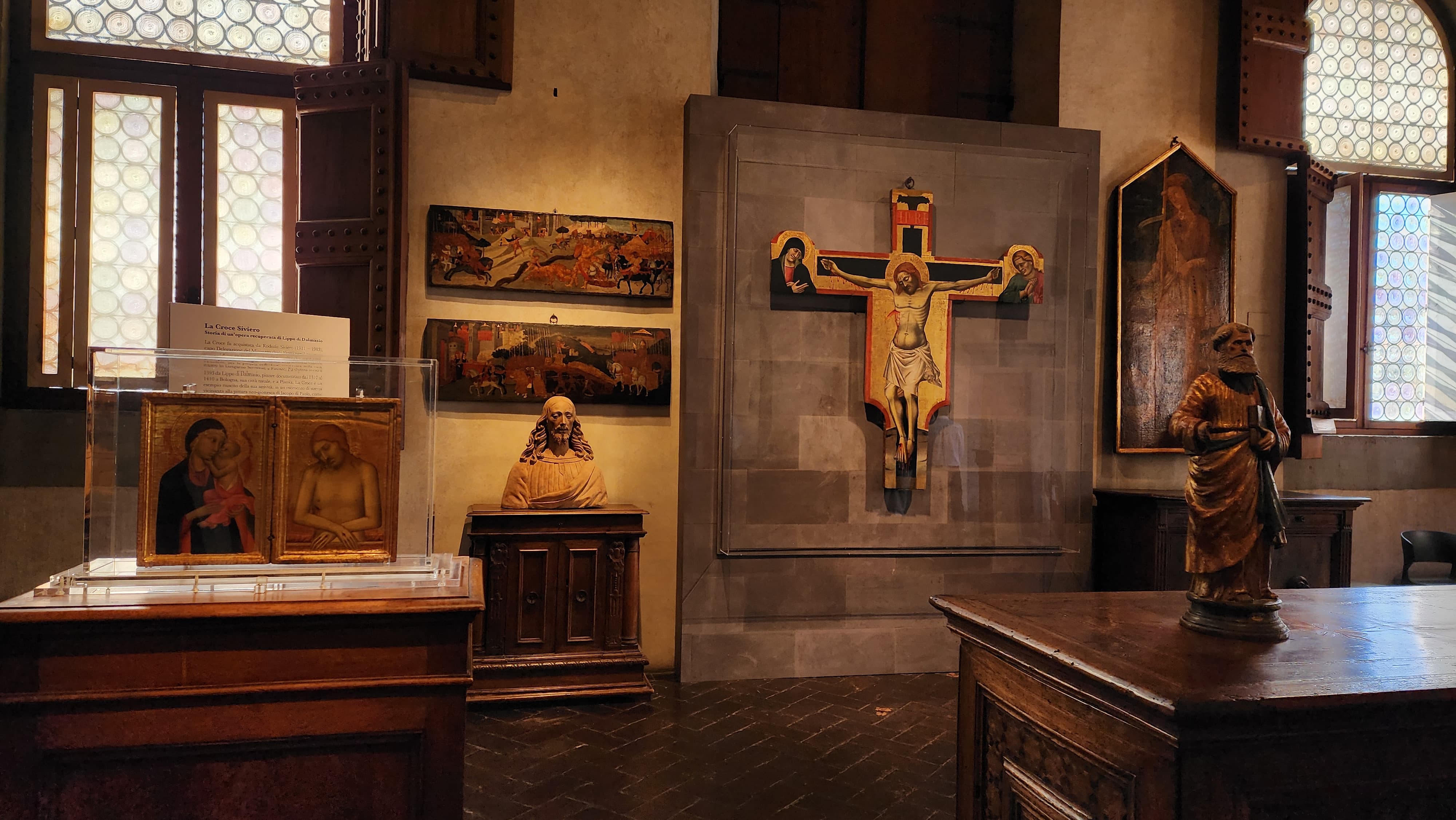
The history of the work and its attribution
The cross was painted around 1395 by Lippo di Dalmasio, a painter documented in his native Bologna and Pistoia, and is considered a particularly successful example of his work. The attribution to Lippo di Dalmasio is based on stringent stylistic comparisons, particularly with a Christ in Pieta frescoed in Santa Maria dei Servi in Bologna, and was confirmed last year when Lippo di Dalmasio was the subject of an exhibition-dossier at the Museo Civico Medievale in Bologna, curated by Massimo Medica and Fabio Massaccesi. The calm expression of pain, the anatomical details (the hair, the collarbones, the ribs) and the pictorial treatment make the attribution certain. It is, said Zappasodi, a significant addition in that it presents Lippo di Dalmasio in a less conventional guise than usual, since Lippo is usually known as an artist of devout and relatively simple iconography. Here, by contrast, there is a more vigorous and dramatic tone, reflecting the marked influence of Jacopo di Paolo, another Bolognese painter known for a rigorous neo-Giottism: this influence can be seen from the fullness of the volumes and the sharp drawing that splinters the forms.
Comparison with other works makes it possible to place the Siviero Cross in the second half of the 1490s. The volumes of Christ's body, the jagged drapery of the loincloth, and the play of light and shadow, moreover, confirm a strong adherence to Bolognese painting of the time. An important detail to situate the work is theornamentation of the nimbus: a plant motif with lanceolate leaflets, rare in Bologna but present in Florentine and Tuscan painting. This suggests a Tuscan heritage that Lippo may have absorbed in his Pistoiese experience, with influences from Taddeo Gaddi, Bernardo Daddi, and other Tuscan masters. The two tabernacles with the mourners, the Virgin and Saint John, have been recognized as pertinent to the Sivero Cross by virtue of their iconographic and stylistic compatibility, their corresponding dimensions, the elbows of the two figures matching the traces of this anatomical detail that were still present on the cross, the same decorative perimeter motif , and the coincidence of the wood fibers in X-ray, the latterlast called by Zappasodi the "queen proof" of relevance, because this coincidence ensures that the mourners were made on the same wooden board as the Siviero Cross. All of which confirmed that the three boards were originally part of the same work.

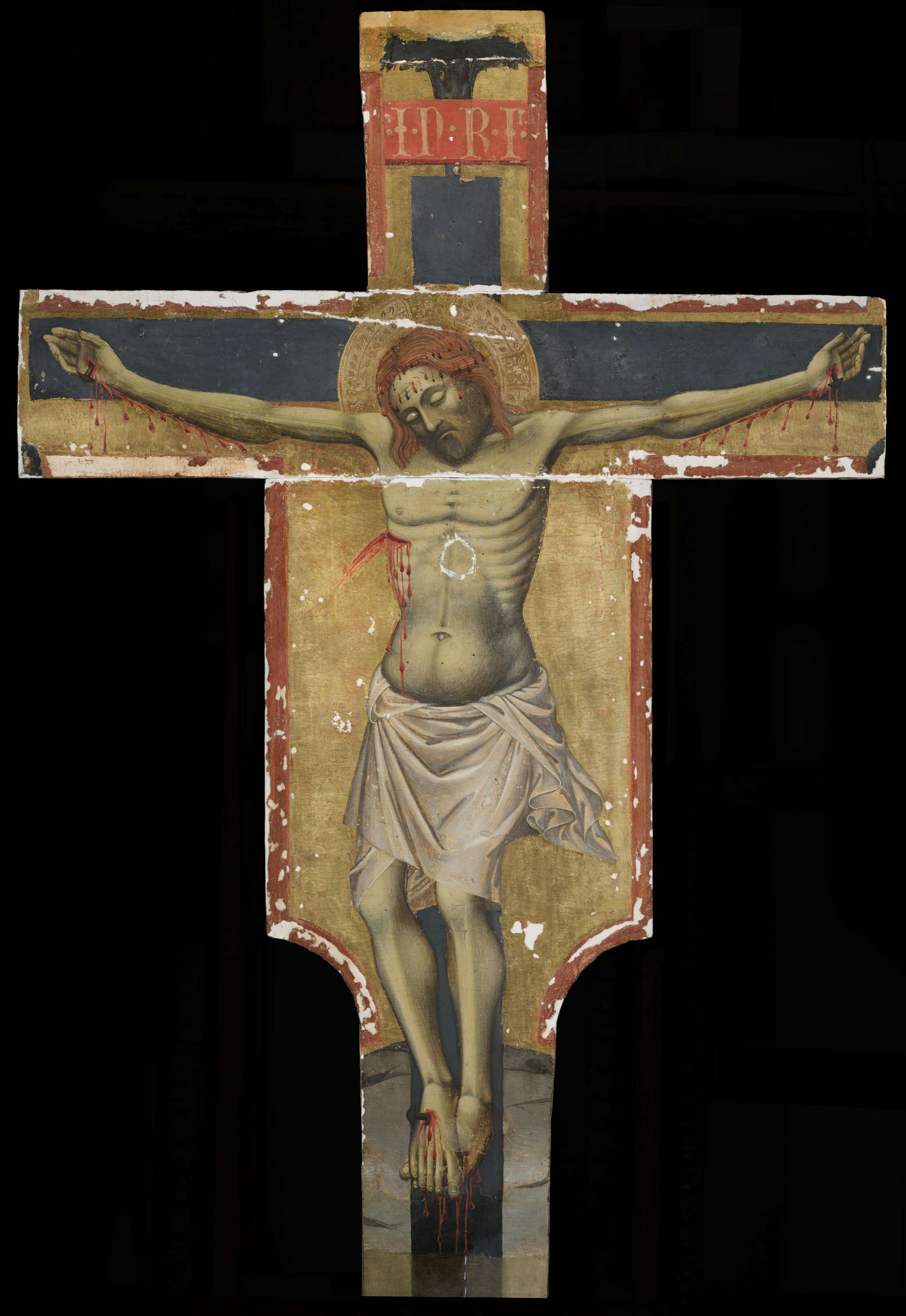
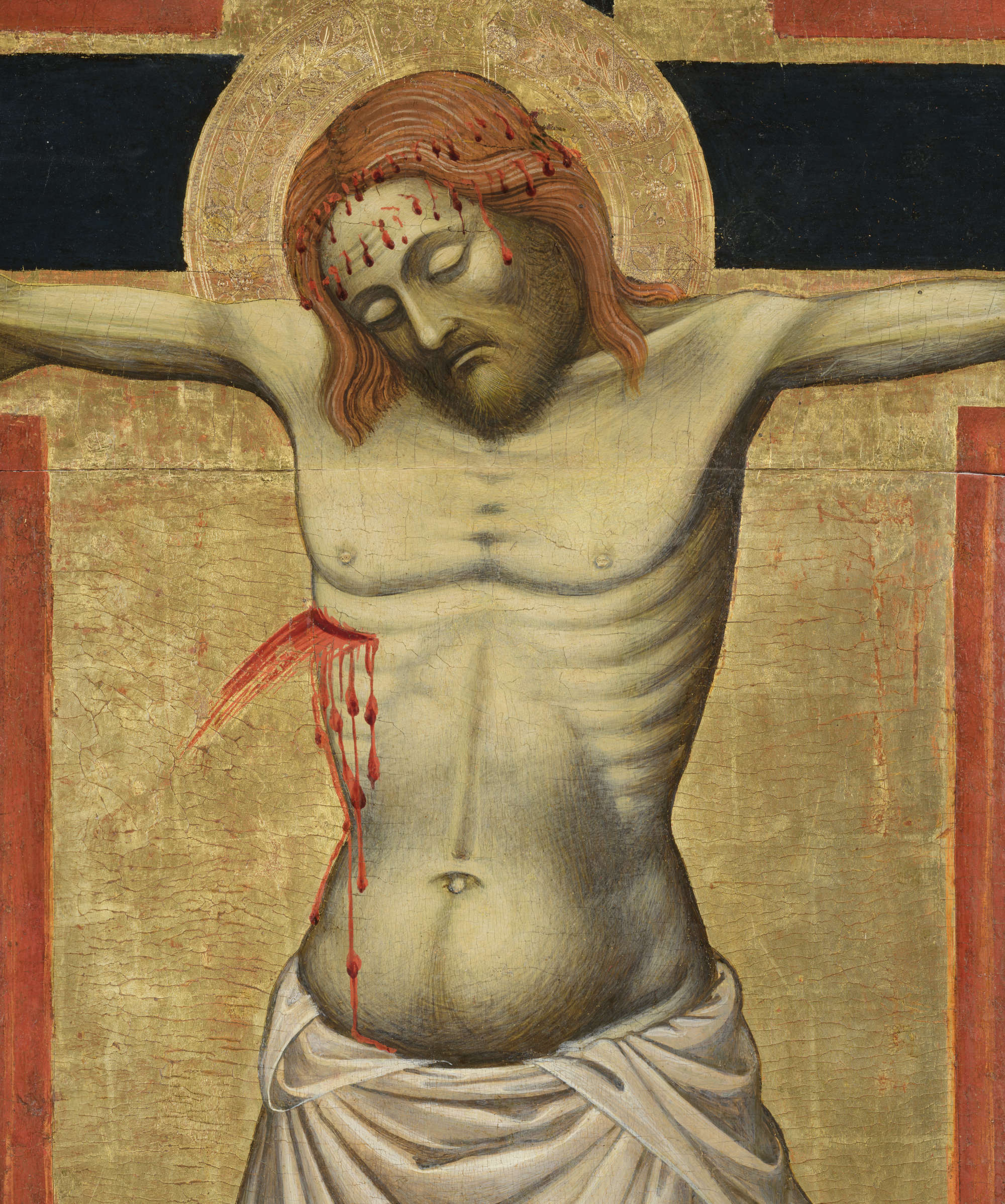
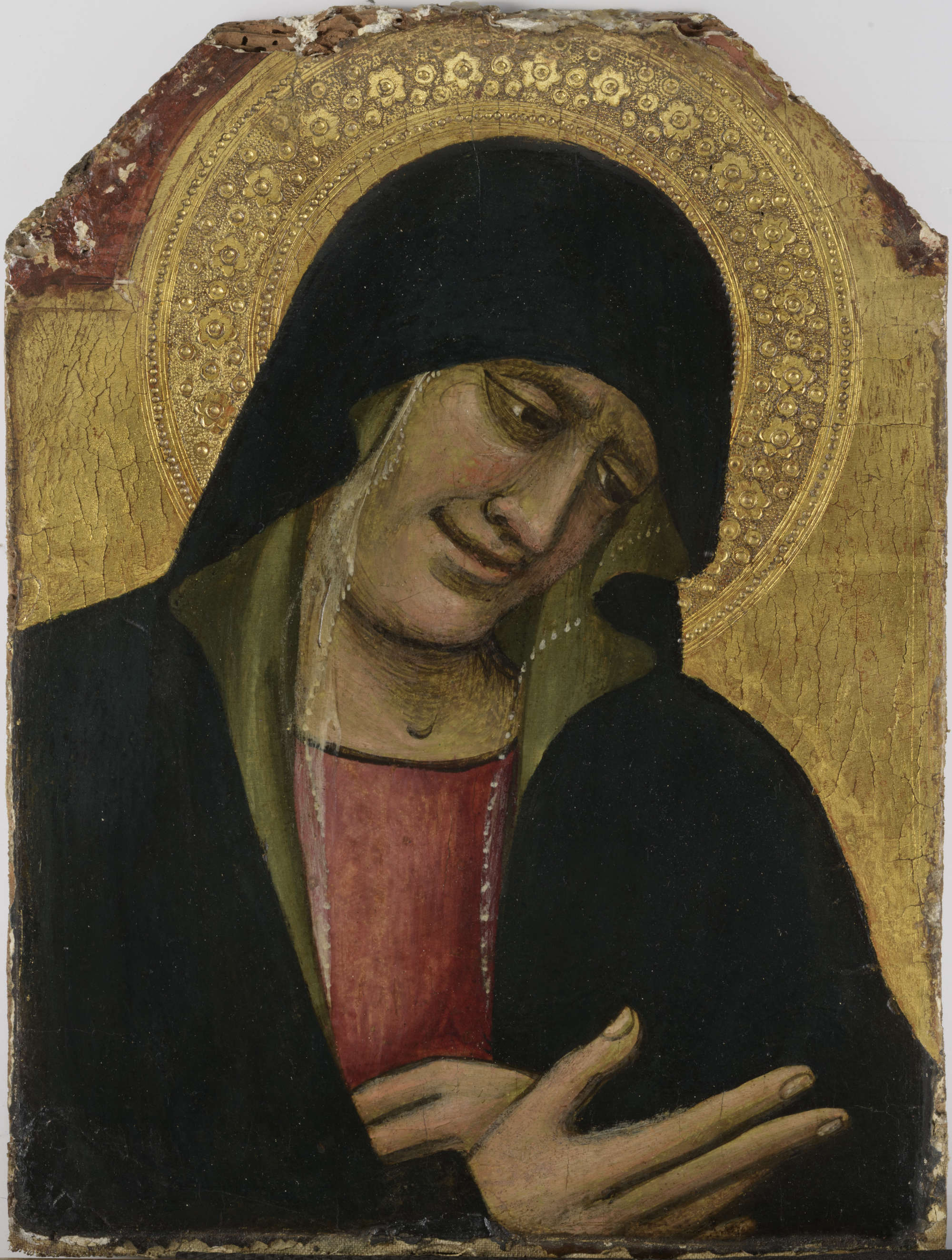
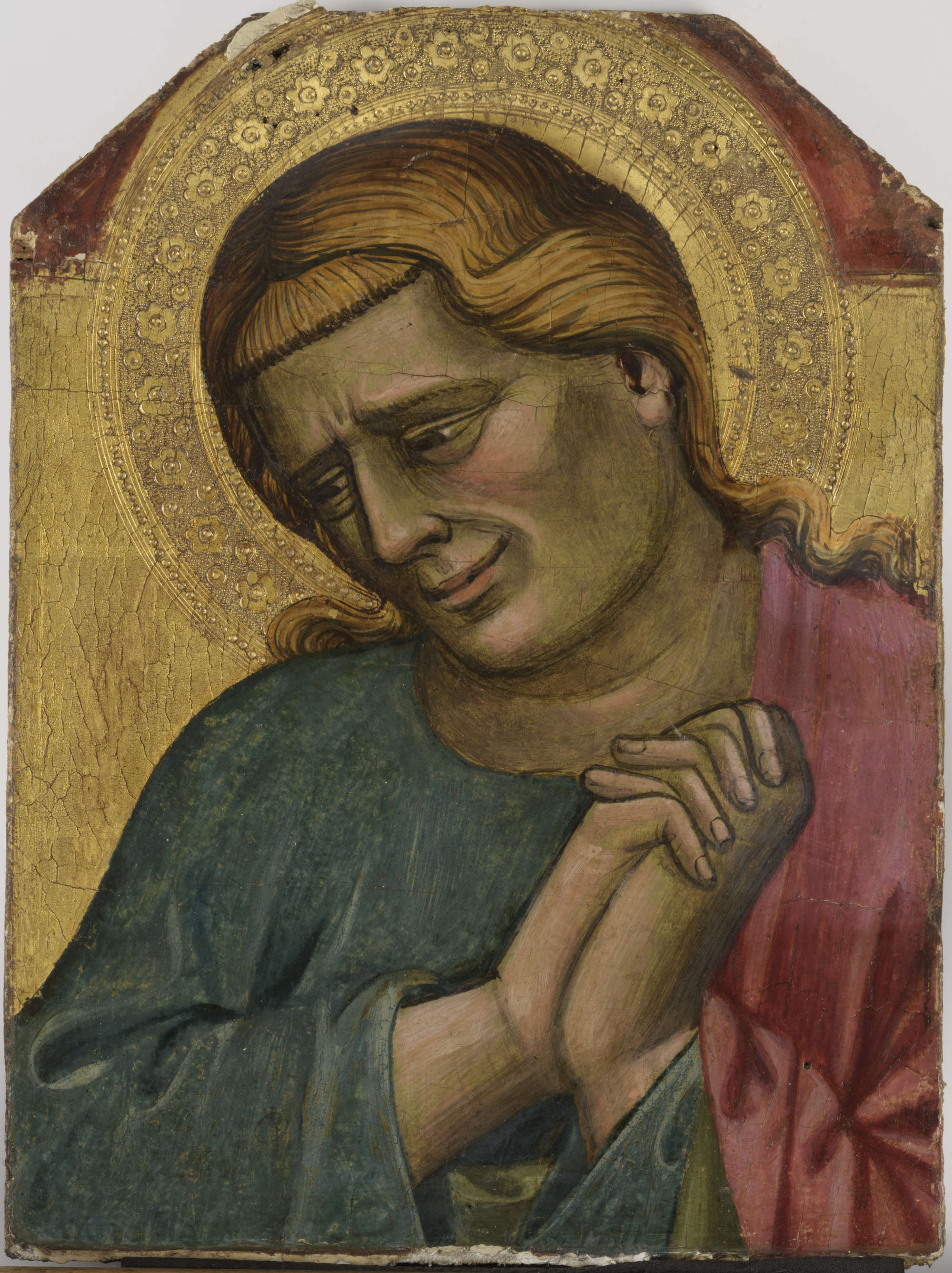
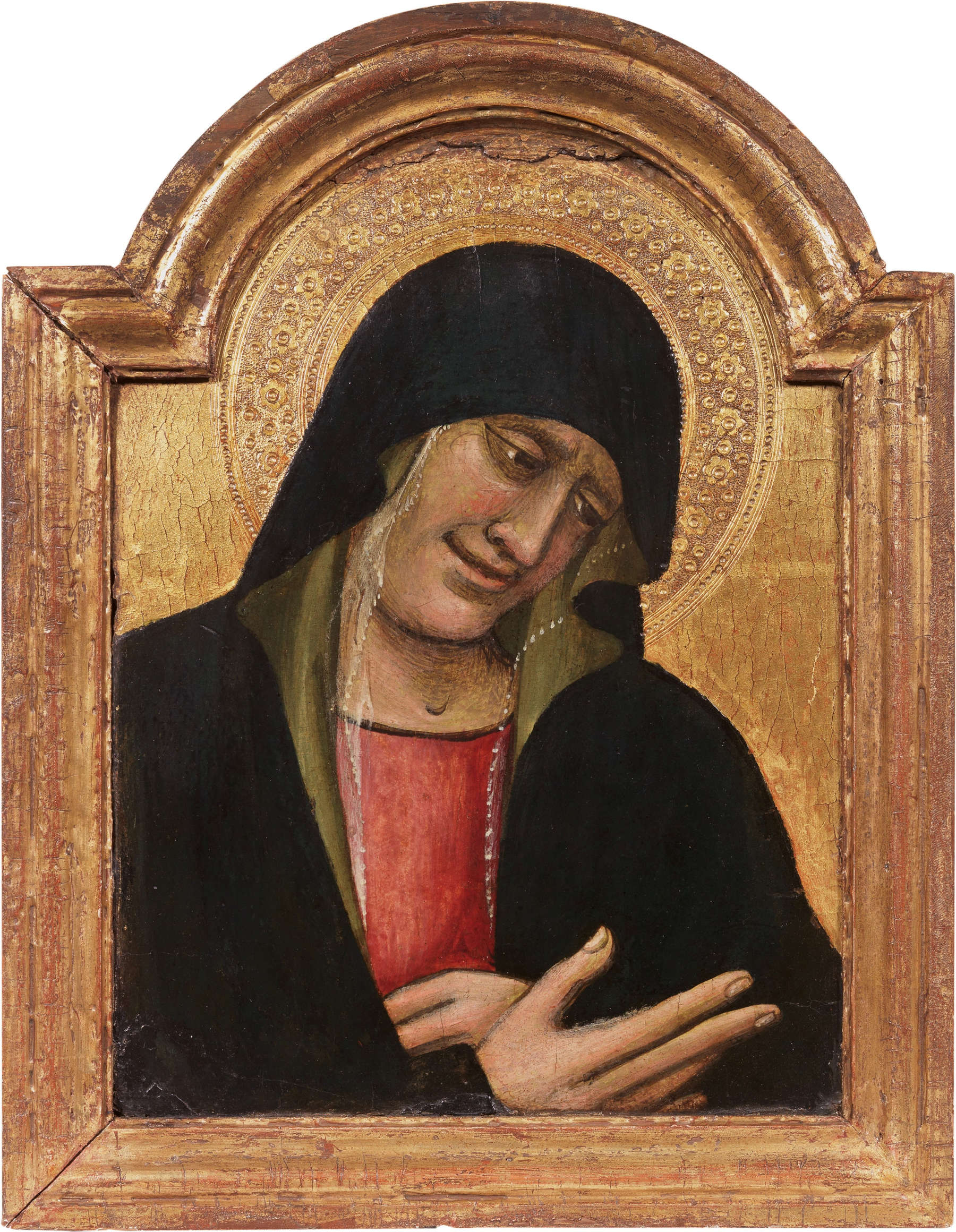

The restoration
Regarding the restoration, Lisa Venerosi Pesciolini explained that the work revealed traces of at least two previous restorations. The earliest, probably dating back to the early 20th century, had removed a very elaborate frame damaged by xylophagous insect erosion, a problem still found throughout the cross. Also removed in that context were the crossbeams, structural elements nailed from the back and riveted to the front, used to hold together and strengthen the various parts of the wooden support. After this removal, the ends of the cross were mutilated, then restored through dowels made of poplar wood, used to close the sawing. In contrast, the more recent restoration, probably from the 1970s, is part of a more modern view of restoration, oriented toward the preservation of the original material rather than its reconstruction. During this intervention, older pictorial remakes were removed and an original fragment of the painting, interpreted as the elbow of a mourning figure, was recovered. This led to the mirror-image and arbitrary reconstruction of the elbow of the opposite figure on a completely repainted portion. The ends of the cross, on the other hand, have been treated with neutral shades reminiscent of gold, discreetly signaling that these are non-original parts.
The current restoration began with noninvasive diagnostic investigations (X-rays, infrared reflectography, and X-fluorescence) that confirmed stylistic consistency between the cross and the figures of the mourners. The analyses revealed a consistent drawing executed by brush with carbon black, used for shading and physiognomic features. In addition, layers of lead white, used as a pictorial background, were detected, evident especially in the mourners, where the paint is most abraded. Radiography revealed the presence of metal elements (nails), used to join the various parts of the support. It was possible to ascertain, as anticipated, that the tablets with the mourners were originally part of the same wooden axis of the cross, due to the continuity of the wood fibers, as well as the continuity of the woodworm galleries. It was then discovered that a cavity present in the center of Christ's chest, stuccoed and tessellated, may have contained a relic, also suggested by the presence of quadrangular holes (typical of ancient nails) along the outline of the red frame.
In light of these discoveries, in agreement with the Superintendency and other experts, a conservative approach devoted to respecting previous restorations was chosen where they did not compromise the final restitution of the work. The plasterwork was consolidated and matched to the new visibility of the work, also respecting the neutral interventions of the 1970s. To reintegrate the tablets into the cross, a prosthesis from the older restoration was also removed, which further confirmed, thanks to the matching curvature, that the tablets were an original part of the arm. Oak crossbars, inspired by the original ones, were then reconstructed and mounted with an established elastic system.
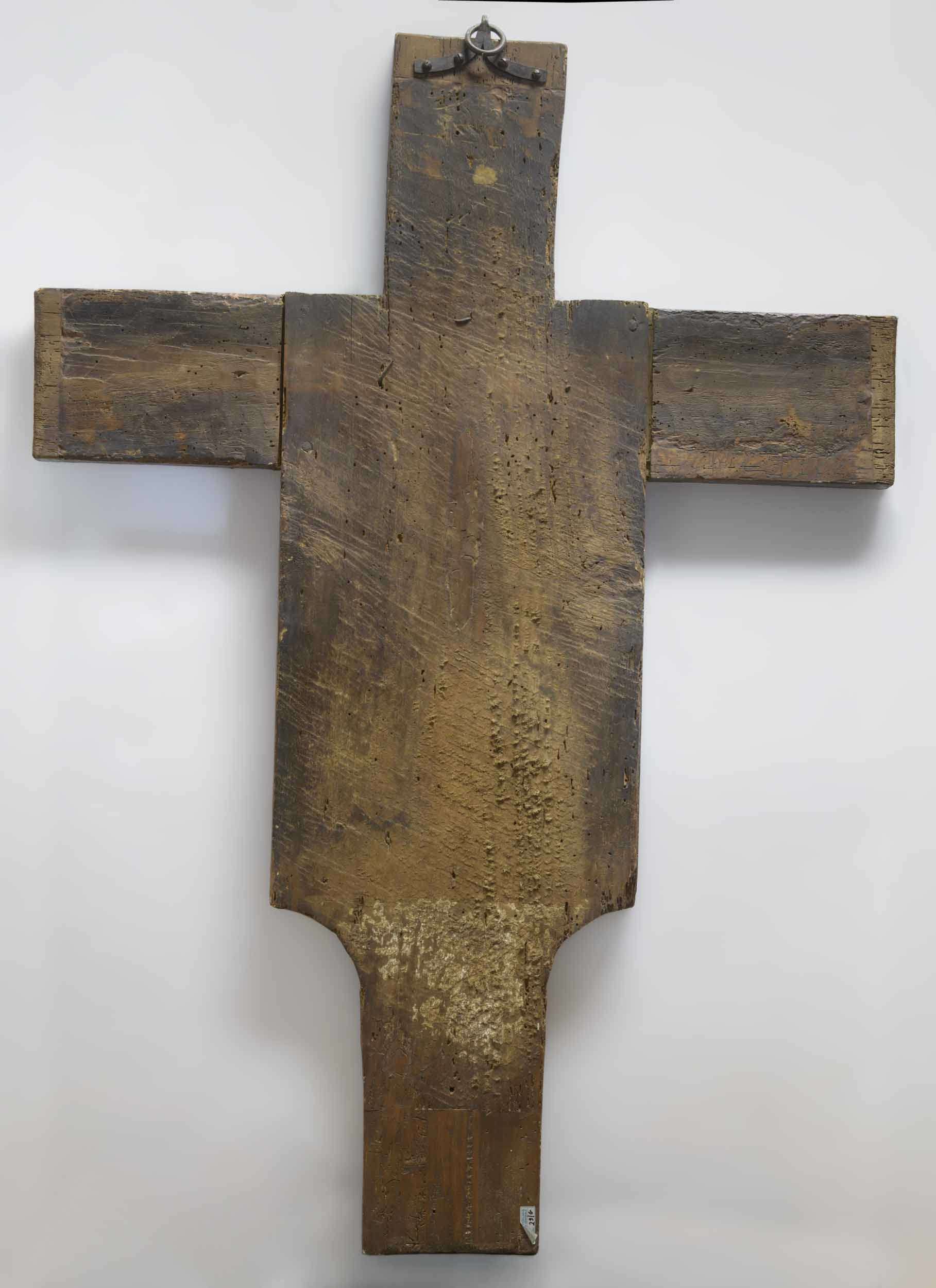
Statements
"This is a very nice occasion for the Horne Foundation, for everyone who works at the Horne Foundation, for the director Elisabetta Nardinocchi, and for all of us on the Board, which is full tonight," said Giuseppe Rogantini Picco, president of the Horne Foundation. "Two foundations along the Arno, Casa Siviero of the Region of Tuscany and the Horne Foundation: Casa Siviero is temporarily under restoration, it has this amazing cross, and the Region of Tuscany, which has never failed to assist the Horne Foundation and to do activities with the Horne Foundation, asked us if it was possible to have an exhibition here with us. It was like inviting a hare to run, because this cross fits in with much of our collection, it's a resounding painting that has so many echoes and references in the works you will see displayed nearby."
"The decision to put the Siviero Cross here," said Elena Pianea, director of the Department of Culture of the Region of Tuscany, "which has had a very beautiful restoration and is the result of a recomposition, with an acquisition on the market that is not a foregone conclusion, would have pleased Horne so much. We owe President Eugenio Giani the agility on this path, not only of restoration and rearrangement, but also of attention to the collection and small implementations that crown this important donation that Siviero, in the 1980s, made to the Region. The Region is also working with the concept of diffuse Tuscany: the Casa Siviero itself is diffused at the moment in Guardistallo, where Siviero has his family roots, and in Bibbona, the town next door, where a small exhibition dedicated to this collection has been set up. Today's is also an important step in accounting for the fact that we want to make the heritage of Casa Siviero available to the public during the years when the building is closed for works."
"The role of the Superintendency in this restoration, and in restorations in general of cultural heritage," explained Graziella Cirri, a superintendency official, "is that of high oversight, which is a somewhat lofty and even disturbing term: actually our role is to collaborate with restorers, with museum curators, with the owners of the works in general, with the other institutions that are called upon to protect the properties, to check everything, to collaborate so that the restoration is done in the best way. So my role, rather than one of high oversight, is really one of collaboration. In this case it was an expanded collaboration, because the whole thing was born from a happy intuition of Professor Zappasodi who saw in these tablets the missing links of this crucifix that has had alternate fortunes, because it was born for devotion, then for a series of events that we don't know about it ended up in another fortune, that of the 'primitives' and therefore of the antiquarian market, and unfortunately it suffered those wounds that we still see today, partly healed thanks to the discovery and restoration of the two tablets on the antiquarian market."


